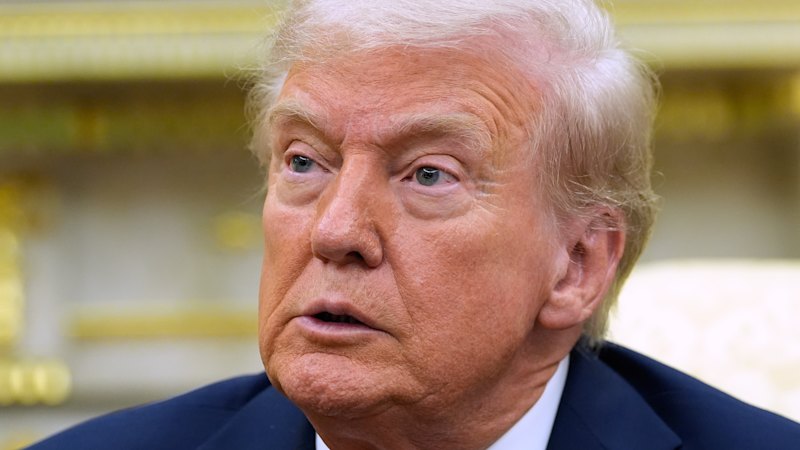
US President Donald Trump has taken significant steps to facilitate a ceasefire and a hostage release agreement in the long-standing conflict in Gaza. After months of escalating violence and criticism of Hamas, Trump has exerted pressure on both Israel and Hamas to negotiate terms aimed at ending the hostilities. This development could mark a pivotal moment in US foreign policy, as it aims to lay the groundwork for a withdrawal of Israeli forces from Gaza and the establishment of a new governance structure in the region.
The recent agreement reached on Wednesday has the potential to bring relief to the Israeli captives, who have endured harrowing conditions for nearly two years. Under the terms of the arrangement, hostages are expected to be released in the coming days. The deal also outlines a framework for the first phase of a broader ceasefire, allowing humanitarian aid to flow into Gaza, which has suffered immensely from the ongoing conflict. As of now, the death toll in Gaza exceeds 67,000, according to Palestinian officials.
Challenges Ahead for Trump and Netanyahu
While Trump has successfully urged Israeli Prime Minister Benjamin Netanyahu to accept this initial deal, significant challenges remain. Netanyahu’s government, characterized by its far-right elements, has only committed to the immediate release of hostages, which includes 48 individuals, with reports suggesting around 20 of them are still alive. The deal’s second phase, which involves a Palestinian technocratic committee overseeing Gaza, remains contentious. Netanyahu has emphasized that Israel will retain overall security control, resisting calls for increased involvement from the Palestinian Authority.
Resistance from within Netanyahu’s coalition poses another obstacle. Far-right politicians, essential to his power, have expressed opposition to the agreement, complicating the path forward. A critical point of contention will be the list of Palestinian prisoners to be exchanged, particularly those serving life sentences.
On the other side, Hamas finds itself in a precarious position. The group has acknowledged its inability to govern Gaza after suffering significant military losses and facing pressure from Arab nations. Although they have agreed to some terms, Hamas has yet to commit to disarmament, a key demand in Trump’s broader plan.
The Stakes for Peace and Stability
The stakes in this conflict are high, not only for the immediate parties involved but also for the future of peace in the region. Trump’s handling of this situation will be scrutinized closely; if he can guide both sides toward a lasting agreement, it could bolster his credibility on the international stage. Should the ceasefire hold, it may also challenge perceptions of his suitability for the Nobel Peace Prize.
Yet, doubts linger regarding the durability of any agreement. The memory of a previous ceasefire, brokered earlier this year, still looms large. Netanyahu broke that truce in March, just as negotiations for a permanent resolution were set to begin. This history raises concerns that the latest agreement may also falter.
Despite the initial steps taken, the path to a sustainable resolution remains fraught with challenges. The international community watches closely as Trump navigates this complex landscape, hoping that his involvement can lead to meaningful change. The real test lies ahead: whether he will capitalize on this moment or allow it to slip away, potentially resulting in further suffering for the people of Gaza and the hostages involved.







